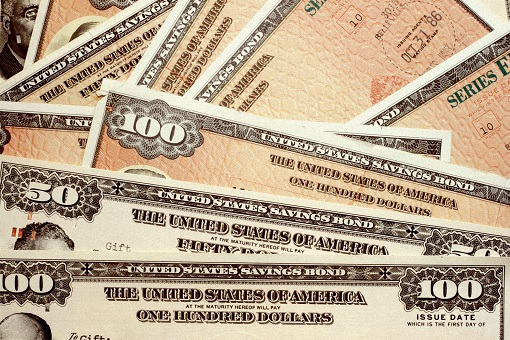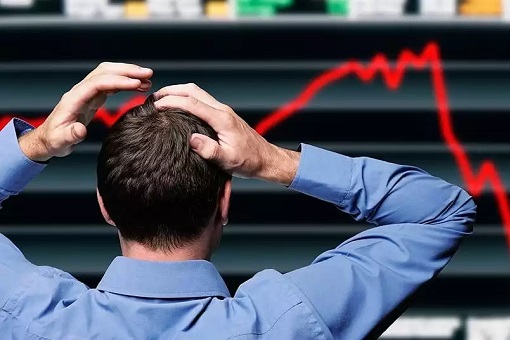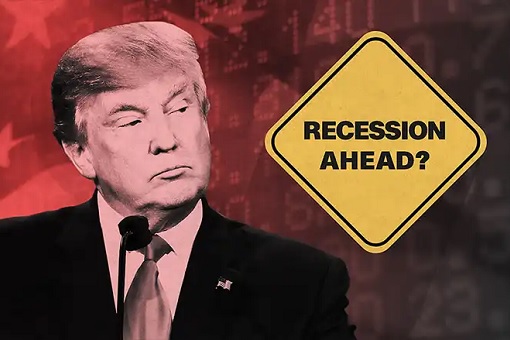As the U.S. Treasury Department announced on Monday that it expects to borrow US$441 billion in the current January-March quarter, the largest amount in 8 years, more bad news comes in. The DJIA (Dow Jones Industrial Average) plunged 177.23 points, its biggest drop of 2018 after the 10-year treasury yield shot higher above 2.7% to reach its highest level since April 2014.
Investors who were rejoicing Dow’s more than 200 points surge on Friday are suddenly concerned about Federal Reserve’s next move. People who were celebrating tax cuts are finally paying attention to bond market’s warnings. The ugly side of a strengthening U.S. economy could reveal itself soon – higher inflation – of which will force the Fed to raise interest rates at a faster pace.
The 10-year treasury yield is significant because it influences a whole range of business and consumer loans, including home mortgages. Mortgage rates, which loosely follow the yield on the 10-year Treasury, have been rising for the past few weeks, but are seeing their biggest spike on Monday. Essentially, some lenders will be slapped with 4.5% rate, the highest rate since 2014.

Sure, the rate of 4.5% for the 30-year-fixed mortgage plan looks quite low, but it was only 4% at the beginning of the year. President Trump is also expected to ask Congress for US$200 billion, leading to more government debt. That’s in addition to U.S. record household debt of over US$12.84 trillion, with credit card debt hitting historical high of US$1.021 trillion.
The good news is the sudden spike in the treasury yield will not deal an immediate death blow to the stock market, at least not yet. However, it’s not too far away, if Goldman Sachs’ prediction is correct. Now the global investment banking said there’s a “high probability” the stock markets will experience correction in the coming months.
Peter Oppenheimer, chief global equity strategist at Goldman Sachs, noted on Monday that “correction signals are flashing” and is advising clients to prepare for a pullback. He said – “Investors should be vigilant to periods when optimism has overpriced assets, leaving them vulnerable to small ‘disappointments.'”

Although the risks of a sudden bear market are “low”, Goldman Sachs noted that a re-rating of the market in the next few months is absolutely possible because the S&P 500 has entered the longest period since 1929 without a correction of more than 5%. The stock markets were predicted to correct itself last year, but obviously it didn’t.
It certainly doesn’t help that after unleashing his trade war against South Korea and China – targeting solar panels and washing machines – Trump administration has sparked the next war – currency war – before even his trade war could cool down. At Davos, Treasury Secretary Steven Mnuchin told all and sundry that a “weaker dollar” is good for the U.S.
While Trump has spoken in favour of a weaker dollar to help boost exports for American manufacturers, it could also backfire and hurt American consumers by forcing them to pay more for foreign goods. This would in turn trigger higher inflation which could only be fought with higher interest rate. Of course, there’s a ton of bond markets coming to town, thanks to Trump’s infrastructure spending.

Because the United States is actually broke and has no money to spend on infrastructure, Trump administration needs to issue bonds or simply I.O.U. debt papers. The increase in debt issuance is expected to double than that of last year, in order to pay in part for tax cuts, recently signed into law by Trump as part of his tax reform initiative, and growing entitlement expenditures.
With new issuance of U.S. Treasury bonds, the market will have more supply than demand hence bidders will pay less than the face value, therefore, it increases the yield. But why the heck do you need to know about the American Treasury yield? That’s because it could be used to predict financial crisis, as what happened in 2008.
On January 3, 2006, the yield on the one-year note was 4.38%, a bit higher than the yield of 4.37% on the 10-year note. That was the dreaded inverted yield curve which eventually predicted the 2008 recession. Typically, short-term interest rates are lower than long-term rates. But when the reverse happens, it suggests long-term outlook is poor – a recession or depression.

Other Articles That May Interest You …
- Get Ready For A Currency War – Trump Wants To Make American Dollar Weak Again
- Tariffs On Solar & Washing Machines – Why Trump’s Trade War Is Smart & Dumb
- Something Is Very Wrong!! – World’s Richest 1% Grab 82% Of Global’s Wealth
- Apple’s $350 Billion Investment Plan Proves Trump Is A Business Genius
- U.S. Household Debt Hits Record $12.84 Trillion – China Top Owner Of I.O.U. Papers
- US$1.021 Trillion – Americans’ Credit Card Debt Hits History High
- Here’s Why You Should Get Out Of Stock Market Now – Before The Volcano Erupts!

|
|
January 30th, 2018 by financetwitter
|


|

|

|

|

|

|




























Comments
Add your comment now.
Leave a Reply